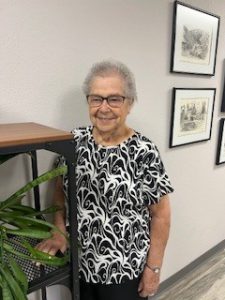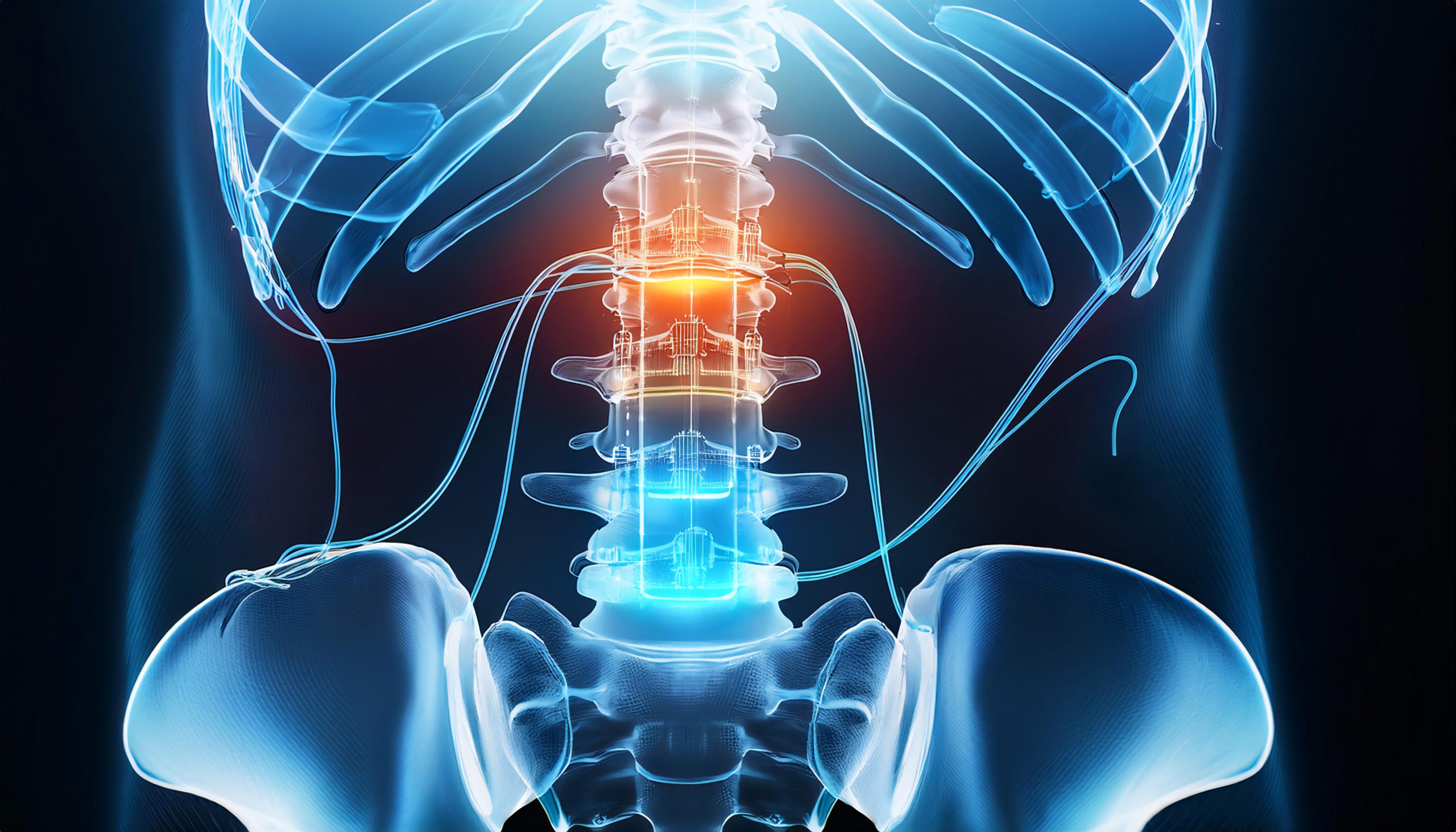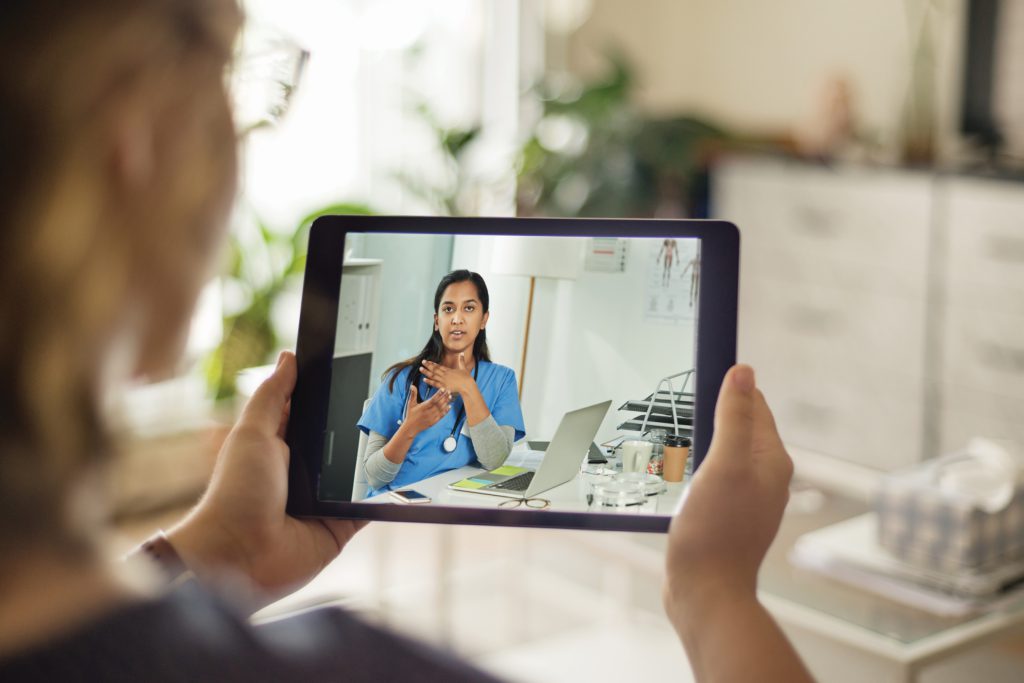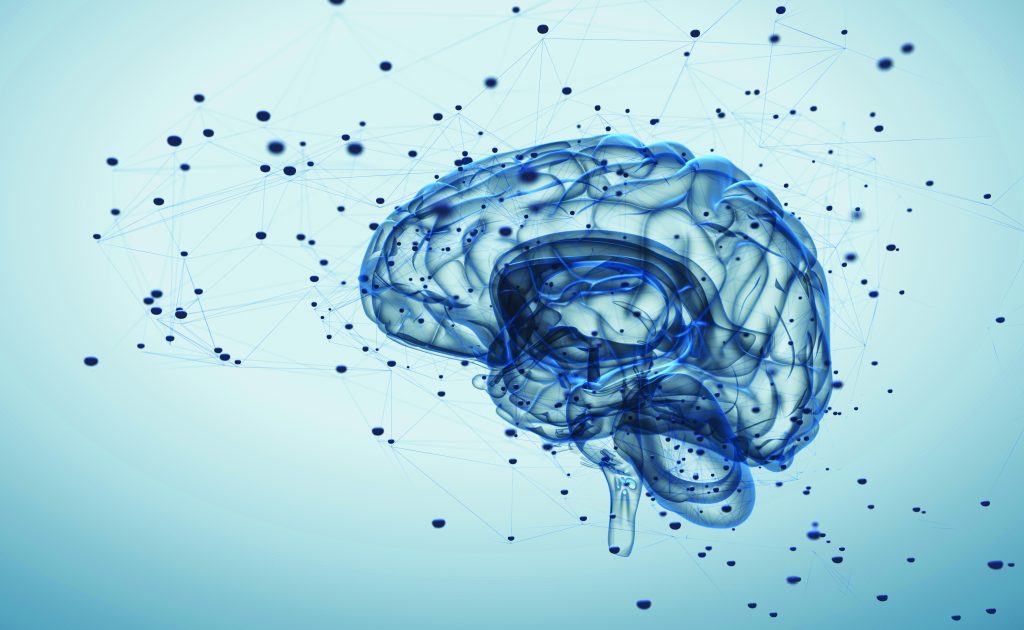According to the U.S. Centers for Disease Control and Prevention, nearly 1 in 4 adults, approximately 24% of the population, experience chronic pain lasting three months or more. Among them, more than 22 million adults live with high-impact chronic pain, which significantly impairs their ability to work, care for loved ones or engage in daily activities.
Newcastle, Calif. resident Aileen Farinha thought her options for pain relief had run out. For years, the 87-year-old lived with debilitating back pain that radiated down her leg, limiting her mobility and quality of life. Despite two back surgeries and multiple epidural injections (injections given in the spinal canal to provide relief), her pain persisted—until her primary care physician referred her to Dr. Samir Sheth, an interventional pain management specialist at Sutter Roseville Medical Center.

Farinha, who turns 88 next month, is pain-free thanks to spinal cord stimulation.
“I had nothing to lose,” says Farinha. “The pain was ruining my life. I would have done anything to make it stop.”
Thanks to the elite, high-quality care offered across the Neuroscience Service Line at Sutter Health, a recognized leader in pain management and clinical innovation, Farinha is now living pain-free—and inspiring others to seek care, no matter their age, illness or injury.
Remote Care with Real Results
Dr. Sheth and his team, including nurse practitioner Victoria Flower, introduced Farinha to spinal cord stimulation (SCS)—a minimally invasive procedure that uses electrical impulses to interfere with pain signals before they reach the brain. Though the technology has existed for decades, recent advancements have made it more effective, accessible and patient-friendly than ever before.
“Many patients, especially older adults, don’t realize this is an option,” says Dr. Sheth. “We’re working hard to change that. Ms. Farinha’s story is a perfect example of how we combine cutting-edge technology, interdisciplinary collaboration and personalized care to deliver life-changing outcomes.”
Farinha underwent a “test run” of the spinal cord stimulator in late 2024 and experienced such dramatic relief that she didn’t want the temporary device removed. The “test” involves placing thin electrodes near the spinal cord and connecting them to an external stimulator to test pain response. After the care team confirmed the device’s effectiveness, Farinha received a permanent implant in February 2025. The device—about the size of a matchbox—is implanted under the skin and delivers mild electrical pulses to disrupt pain signals before they reach the brain. Today, Farinha reports 100% pain relief.
“I can take care of my husband again. I can be active. My family says they can see the difference in my face,” says Farinha. “It’s been a complete change in my life.”
The success of Farinha’s treatment reflects Sutter’s commitment to compassionate, high-quality and accessible care.
This isn’t just about the procedure,” says Flower. “It’s about comprehensive education, thoughtful patient selection—considering both clinical and psychosocial factors—and ongoing support. We have the ability to monitor patients remotely, provide seamless 24/7 access, and ensure they’re empowered to manage their device and their health.”
Fahrina’s stimulator includes remote programming capabilities—an essential feature for patients in rural areas or those with limited mobility.
“She lives in Newcastle, but we can check in with her virtually,” says Dr. Sheth. “That’s a game-changer for our patients who may not be able to travel frequently due to their age, schedule, or location. It’s part of how Sutter’s interventional pain management program is delivering clinical excellence—by meeting patients where they are and ensuring they receive high-quality, personalized care no matter the distance.”
Pain Relief That’s Integrated and Informed
Dr. Aditi Saraswat, interventional pain management specialist at Sutter’s CPMC in San Francisco, echoes the importance of access and innovation.
“We offer a full spectrum of interventional procedures – from epidurals and nerve blocks to advanced treatments like minimally invasive lumbar decompression (MILD), basi-vertebral nerve ablations (The Intracept™ Procedure), spinal cord stimulation, and more,” says Dr. Saraswat. “What sets us apart is our comprehensive, team-based approach. Patients can see their neurologist, neurosurgeon and pain specialist all under one roof.”
Sutter’s pain management teams are also exploring forward-thinking therapies like virtual reality for chronic pain and expanding services through the new Advanced Neuroscience Complex, set to open in 2028, which will include in-house physical therapy and a state-of-the-art procedural suite.
For patients like Farinha, these innovations are more than clinical milestones—they’re lifelines.
“This was a blessing,” she says. “I highly recommend the stimulator. I would tell anybody: give it a try.”
Dr. Sheth hopes stories like Fahrina’s will help dispel outdated perceptions about pain management. “This technology has evolved dramatically. What we’re doing today is not what was done 10 or even 20 years ago,” says Dr. Sheth. “We want patients and clinicians alike to know that there are safe, effective options available—no matter your age or where you live.”
For more information about Sutter’s pain management program and services, please speak to your primary care provider.





